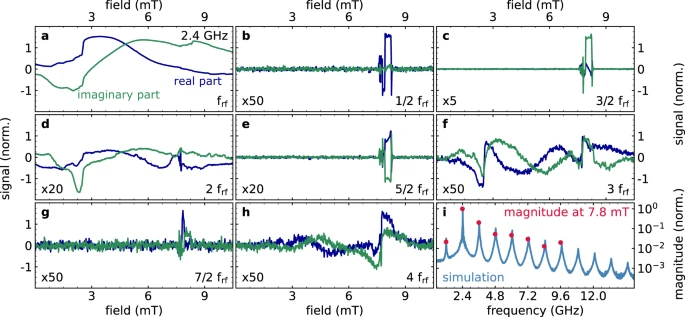Alternating solid magnetic fields can be used to generate a new type of spin wave that was previously just theoretically predicted. A team of physicists from Martin Luther University Halle-Wittenberg (MLU) achieved this for the first time. They report on their work in the scientific journal Nature Communications and provide the first microscopic images of these spin waves.
Spintronics
The basic idea of spintronics is to use a unique property of electrons — spin — for various electronic applications such as data and information technology. The spin is the intrinsic angular momentum of electrons that produces a magnetic moment. Coupling these magnetic moments creates the magnetism that could ultimately be used in information processing. When these connected magnetic moments are locally excited by a magnetic field pulse, this dynamic can spread like waves throughout the material. These are referred to as spin waves or magnons.

A particular type of those waves is at the heart of the work of the physicists from Halle. Usually, the non-linear excitation of magnons produces integers of the output frequency — 1,000 megahertz becomes 2,000 or 3,000, for example. Professor Georg Woltersdorf from the Institute of Physics at MLU said:
“So far, it was only theoretically predicted that non-linear processes can generate spin waves at higher half-integer multiples of the excitation frequency.”
The team has shown experimentally which conditions are needed to generate these waves and control their phase. Phase is the state of the oscillation of a wave at a certain point and time; Woltersdorf said:
“We are the first to confirm these excitations in experiments and have even been able to map them.”
According to the physicist, the waves can be generated in two stable phase states. This discovery could potentially be used in data processing applications since computers, for example, also use a binary system.
Provided by Tom Leonhardt, Martin-Luther-Universität Halle-Wittenberg [Note: Materials may be edited for content and length.]







